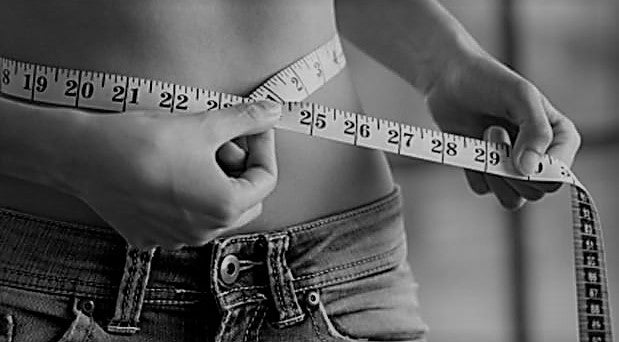
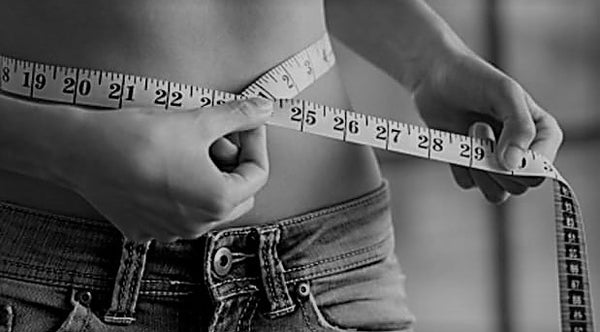
If you're a busy person and have no time for things like shopping for clothes at your local retailers, then shopping online is the perfect solution for you. Why waste time with little things like trying to find a car park, waiting for a bus, pushing through crowded market places or waiting for the fitting rooms to free up. One thing we can all lack in this day and age is patients. The easiest solution for this is shopping online.
Shopping for clothes online can get you the latest and greatest styles and more times than not, great bargain prices. Unfortunately it also comes with the worry that because you're buying a clothing item sight-unseen, it just won't fit and you've wasted your money. Here's a few tip's to make sure that can never, ever happen.
Keep an accurate measurements for your body on hand and keep it up to date
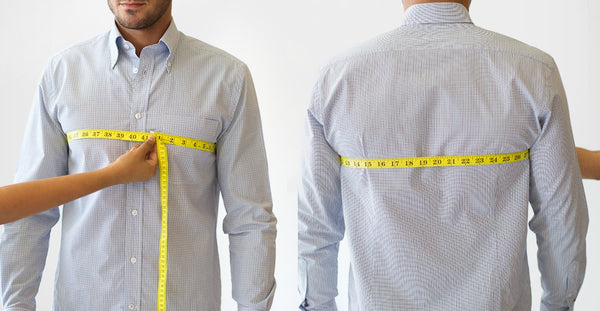
The most important thing to do before you commit to that purchase is to make sure you have selected the correct size.Get the proper measurements of yourself. Once you have an idea of your size, beyond "medium," "size 9," or "34 waist," you'll be able shop without fear of getting the wrong size. Remember, one company's size 10 is another company's size 8 etc. Labels and designers purposefully use "vanity sizes" to confuse customers, and even though the whole point of sizes and inches is to give consumers standards, one company's 42 inch pants will fit drastically differently than another's. This is preventable by having your own up to date measurements. Here's how...
Take them yourself or have a friend help you out. You have to be careful taking your own measurements not to underestimate your size. Don't suck in your gut, or try to stand up straighter than you normally do. Trying to optimize your posture or size will just lead to uncomfortable clothing in the end. Similarly, if you must take your own measurements, get a friend or family member to help out with the hard to reach reach places, like the inseam for gents, or the bust for ladies.
- For men, you have a couple of areas to pay high attention to. For pants, you'll naturally want your height, waist size, and inseam, but you should also measure your hips and, if you have a more pronounced backside, your "natural hips," or the width around your pelvis across your seat. Having all of those in-hand will make sure you know what you're in for when you buy pants or shorts. For shirts, the most important measurement is your chest. Generally, if you get the right chest size for your shirt, the other measurements should fit too. But do measure your sleeve length, and your neck size. Even if you tend not to wear anything on your upper body that isn't sized in "small/medium/large/xl," those numbers will be what you need for dress shirts, blazers, and suit coats.
- For the ladies, you have a few more things to be concerned about. You will want to measure your bust—the fullest part of your chest, and make note of that. If you want your bra size, we still think a professional bra fitting is best. You'll also want to measure your "natural waist," or the slimmest part of your torso, not necessarily your actual waist where your pants rest. Then go ahead and take your actual waist measurements. It's not often used in women's clothing, but it's good to have. Women's clothing usually use hip measurements or the size around the fullest part of your body at the top of the leg, around and across your seat. You'll also want your inseam for pants. If you plan to wear collared shirts and blouses, take the same measurements mentioned above, including neck size and sleeve length. Even if you don't need them when buying clothes you will be happy to have them just in case.
Find the right retailers and check their sizing charts

Once you have your measurements, size charts will be your best friend. You won't ever need to trust that a "large" is indeed a large enough to fit you. Just look at the sizing chart, find yourself on it, and go from there. If you've been shopping for clothes online for a while, you may already know this, but it's even more important when you're shopping online, especially from retailers that carry different labels, designers, and clothing manufacturers.
If you're shopping from a custom clothier where everything you buy is made or tailored to order, or from a clothing store that promises consistent measurements across all of their products, you'll only need to review the sizing chart once to get a feel for what will fit best.
Also look at customer reviews if they're available. You don't want to clean out the closet one day and find a blouse you meant to send back because it was too small but never did—and now it's way too late to return it.
Customize your fit at home using a seamstress

Whether you go completely custom or buy off the rack as it is, find a tailor or a seamstress in your community that's willing to do alterations and adjustments for you. The words "tailor" and "seamstress" usually conjure images of wealthy people getting minute tweaks to their clothes, but nothing could be further from the truth. There's probably a tailor or seamstress in your neighborhood who'd be more than happy for your business. Get your dresses and dress shirts fitted so they accentuate your figure.
Once you have your measurements, find some retailers you can trust, and have a tailor in your back pocket to make alterations to anything you buy, you'll be able to make sure any piece of clothing you buy online will, or at least eventually, fit you perfectly. We have a lot of great things to say about customization but even they need you to be sure of your decisions. Learn a little about seam stressing first to understand what size you should get to alter. This will insure you get the best possible look, fit, and match for your personal style.

It's a great feeling to buy something, either custom or off the rack, and find it fits perfectly right out of the box. All it takes is a little prep and foresight to get there.

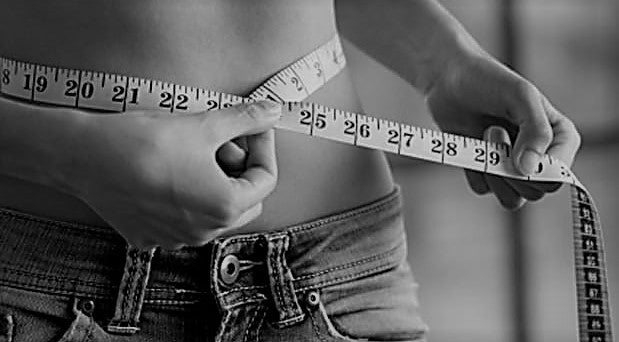
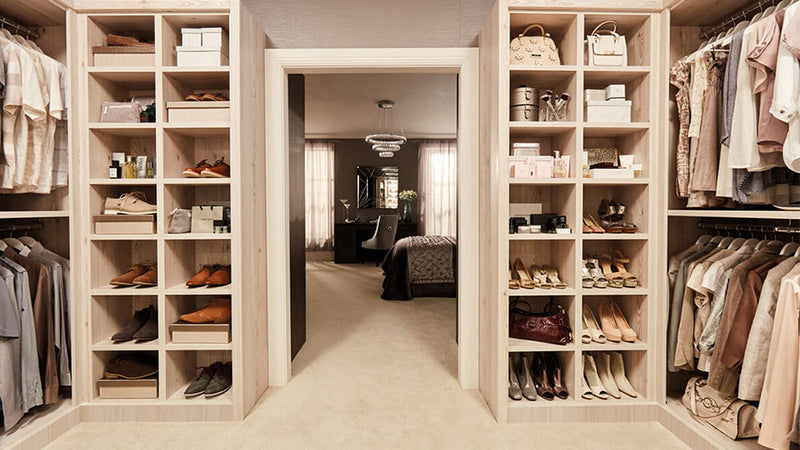


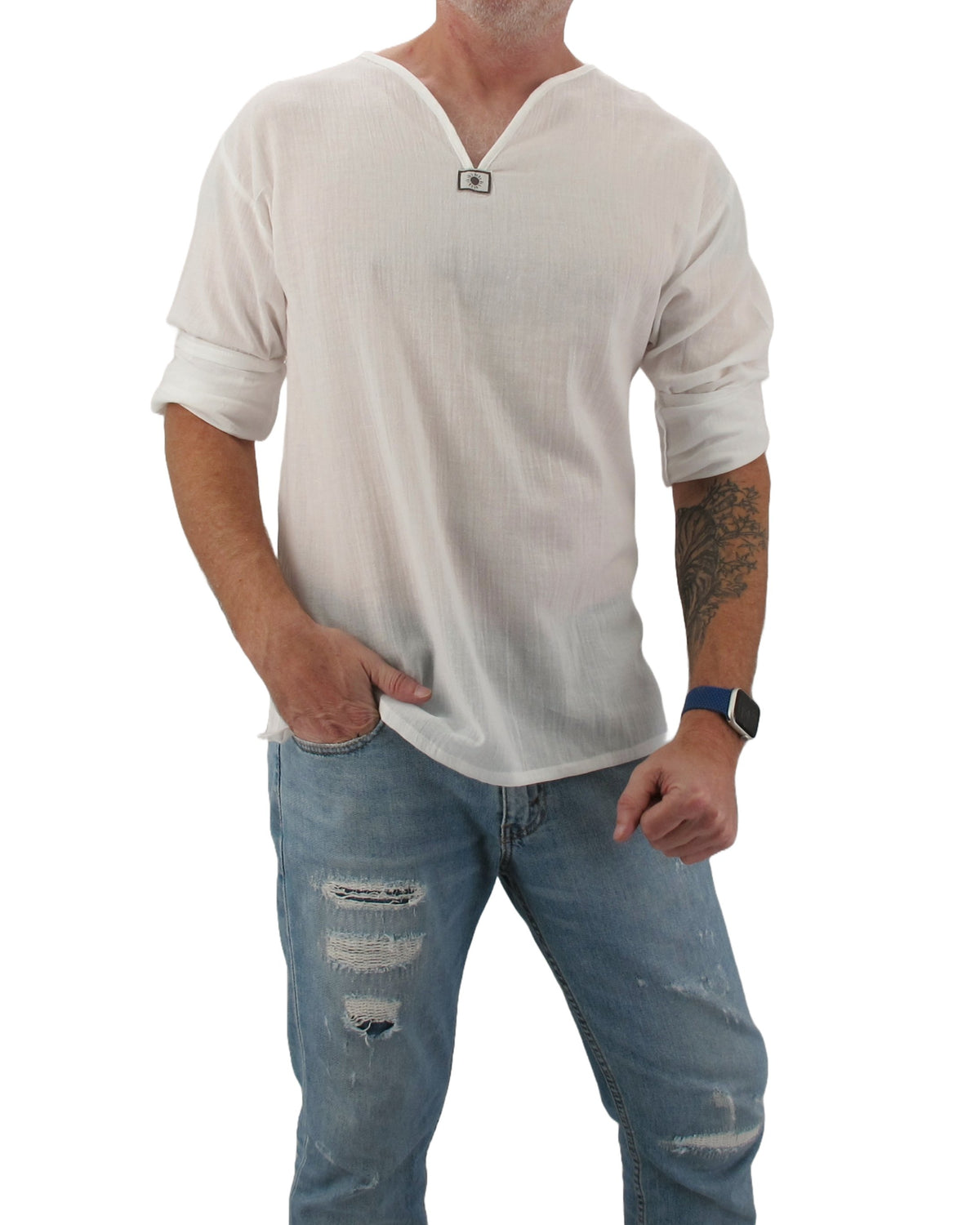
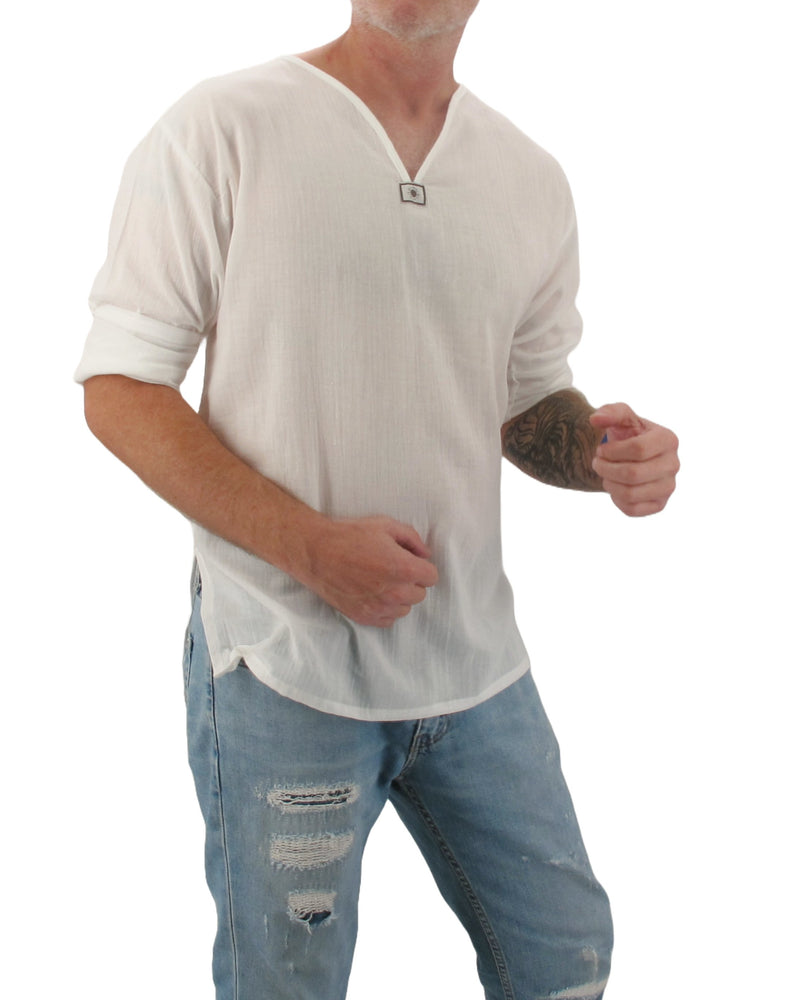
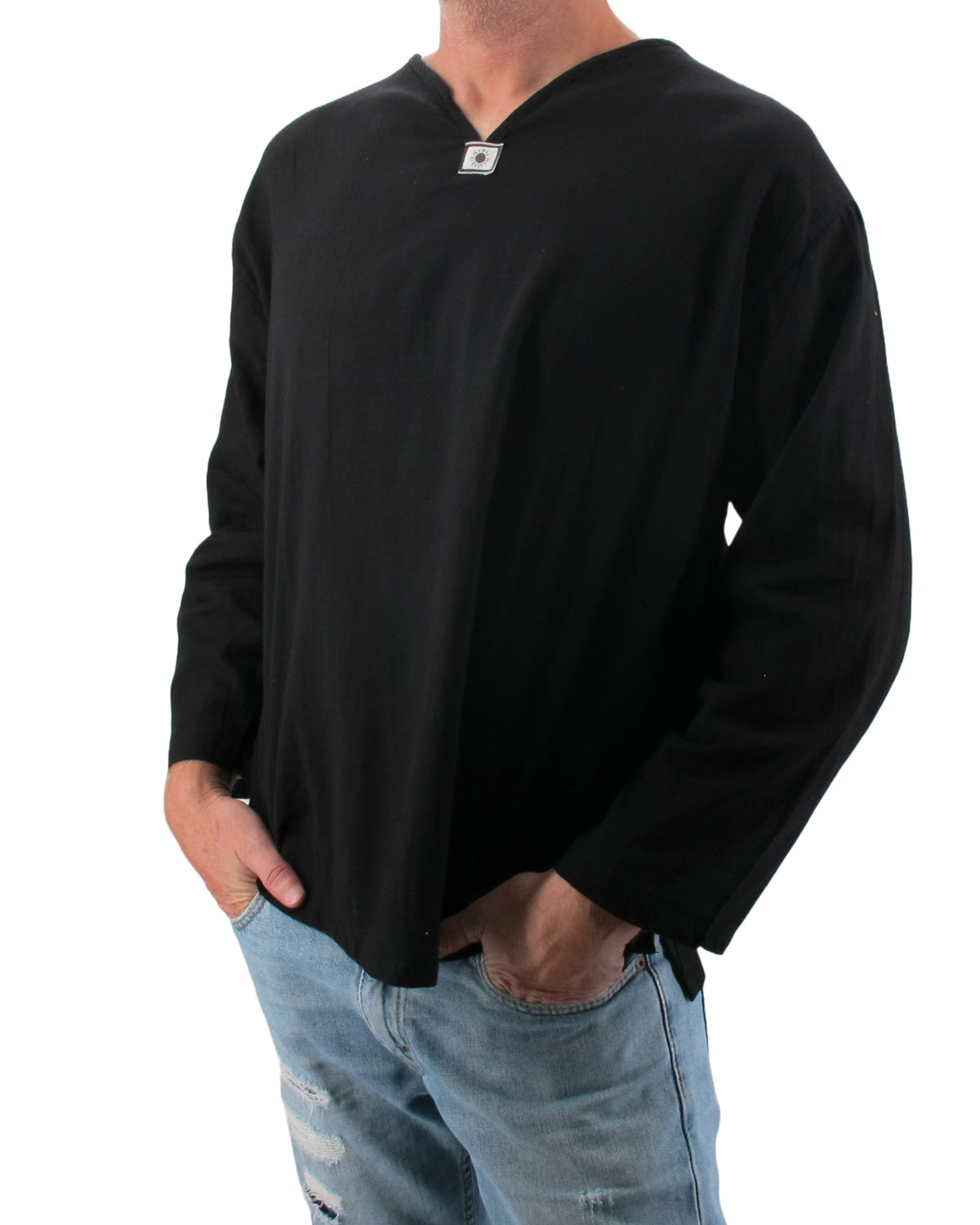
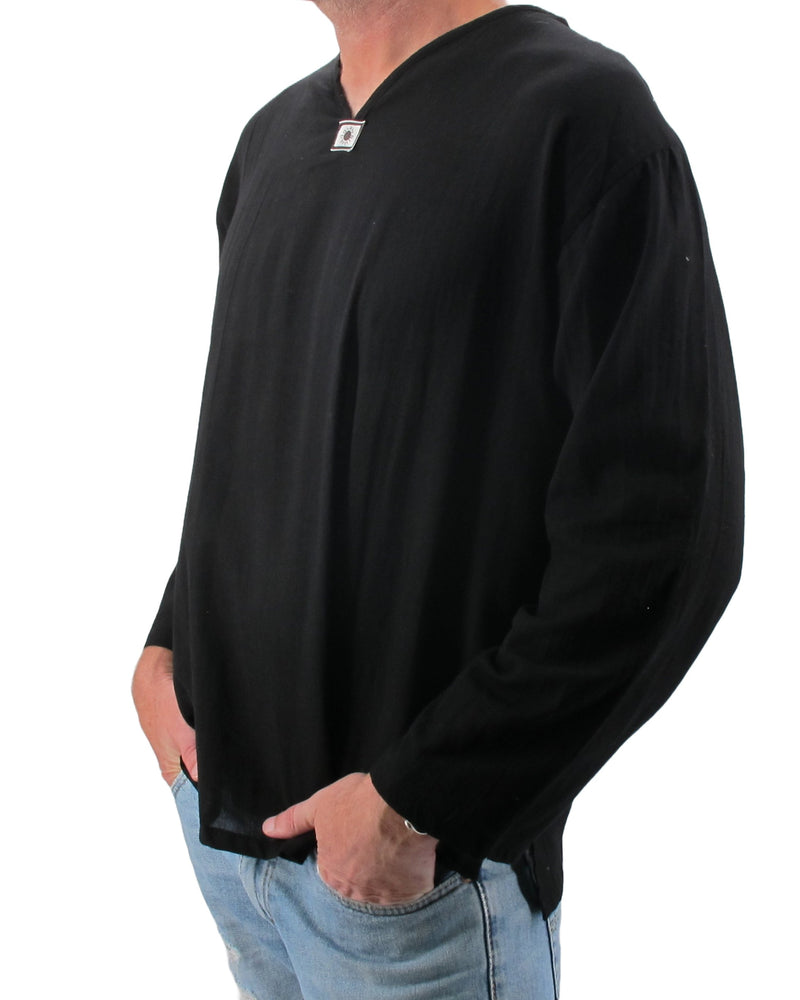
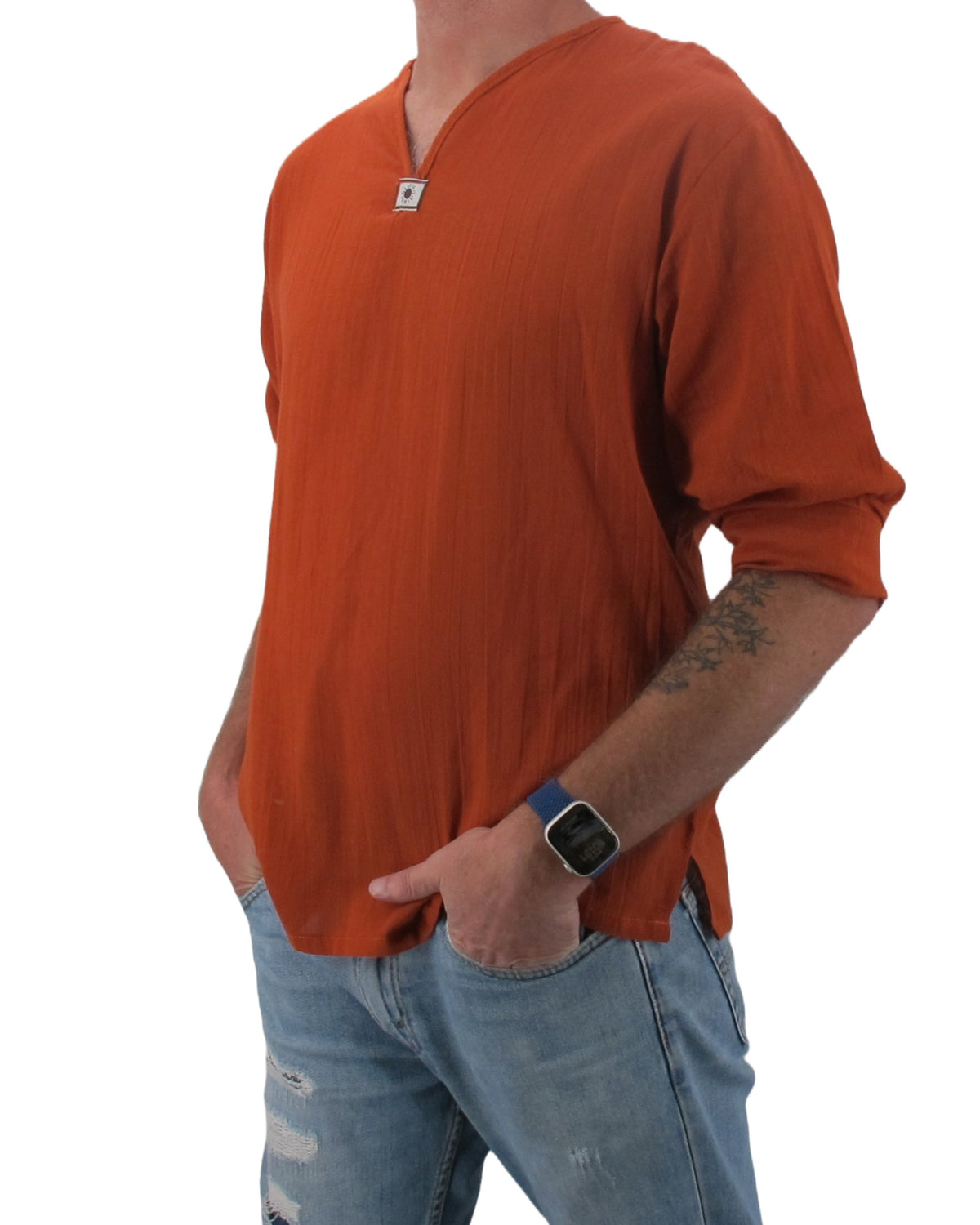
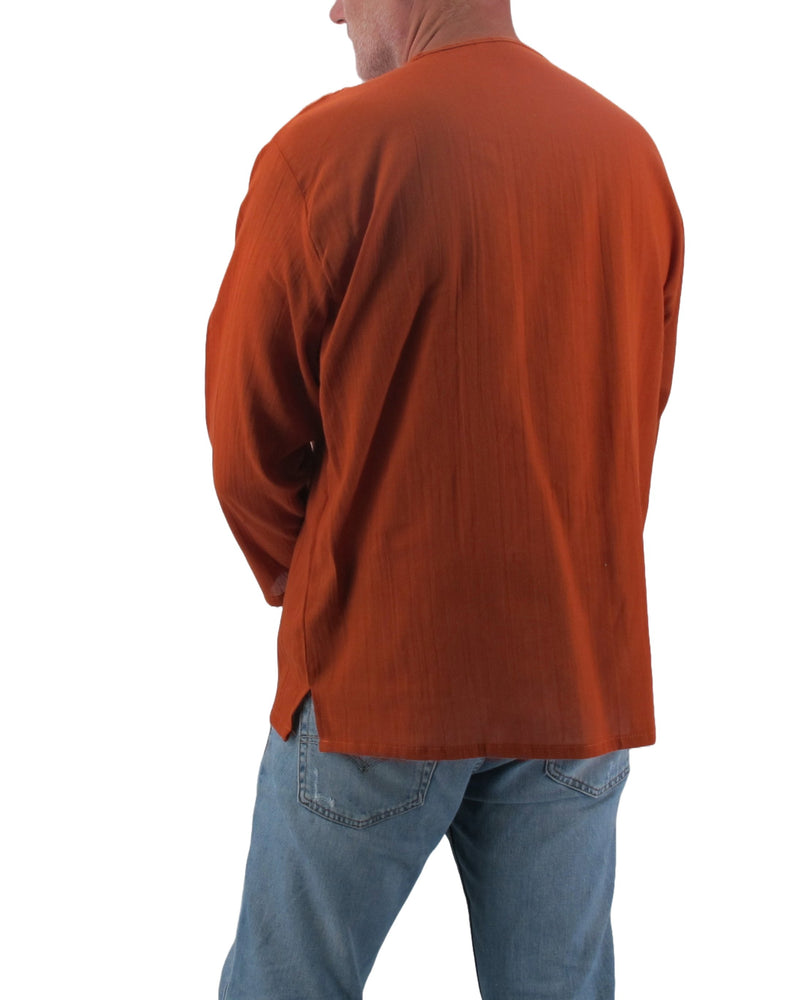
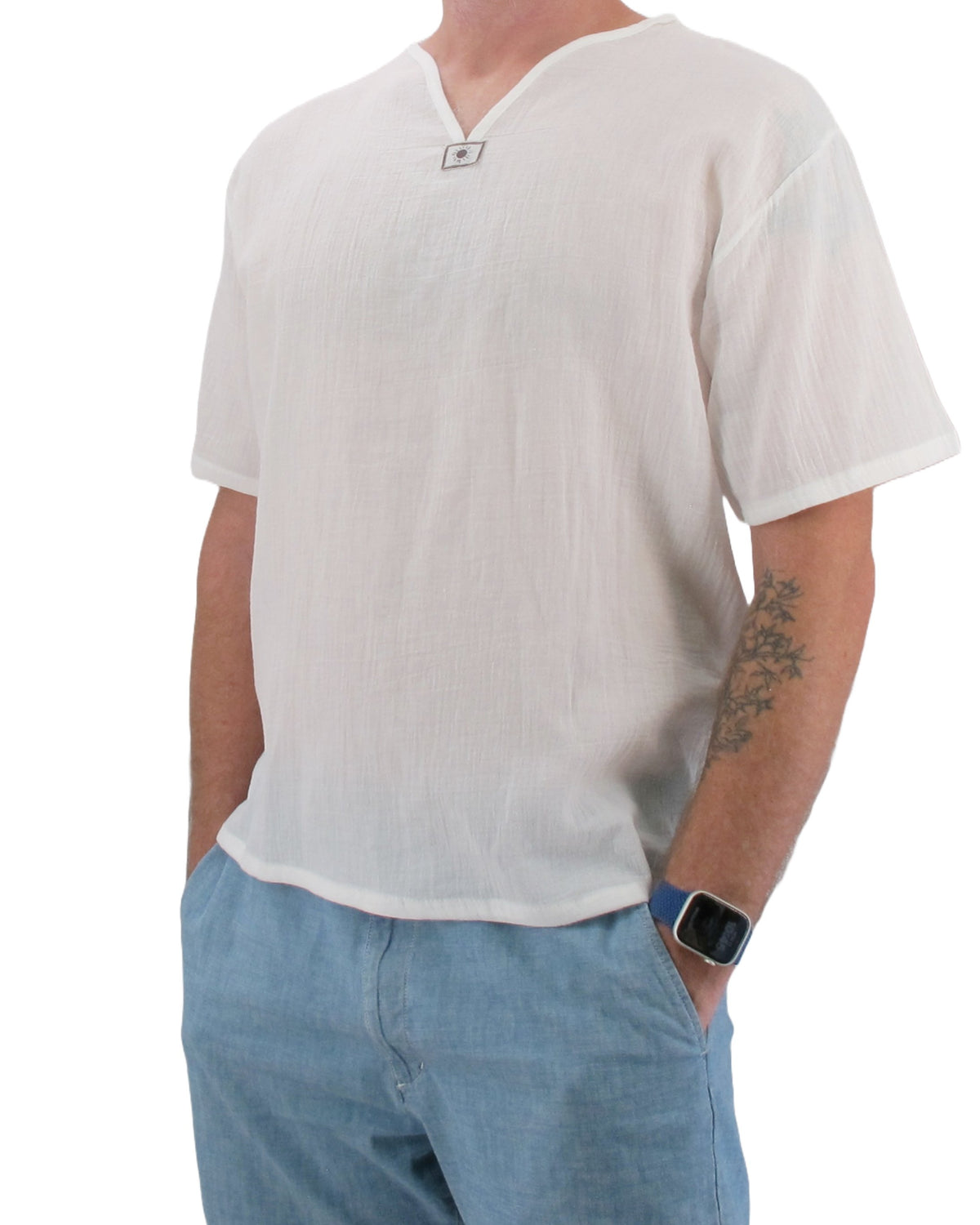
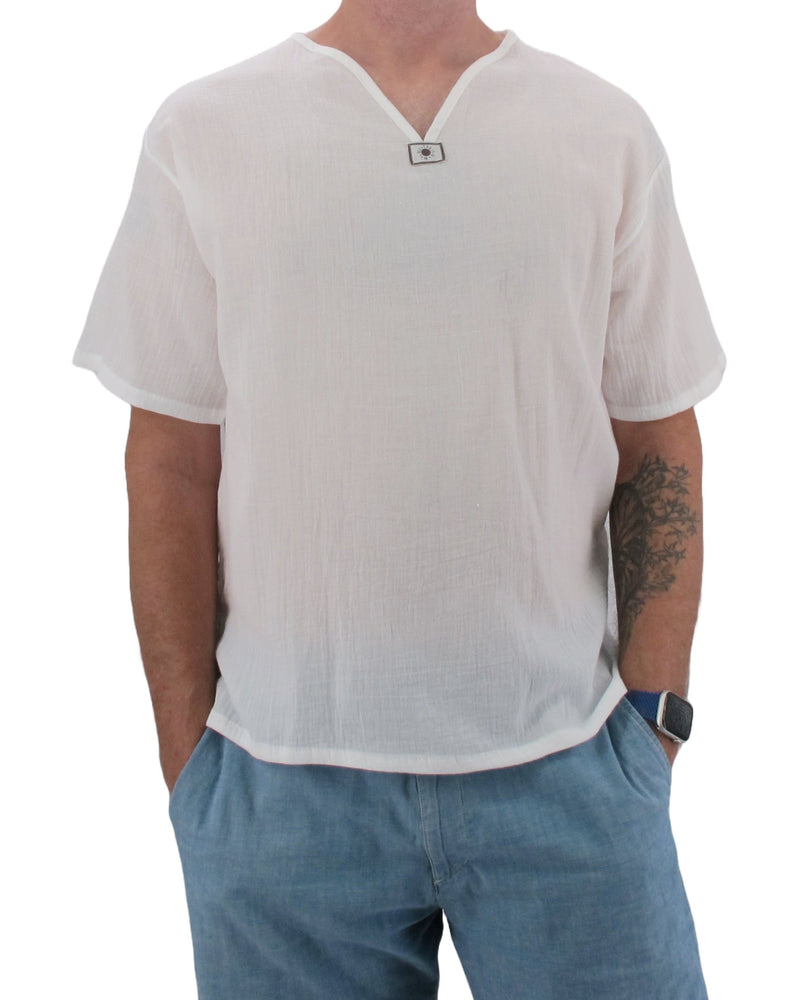

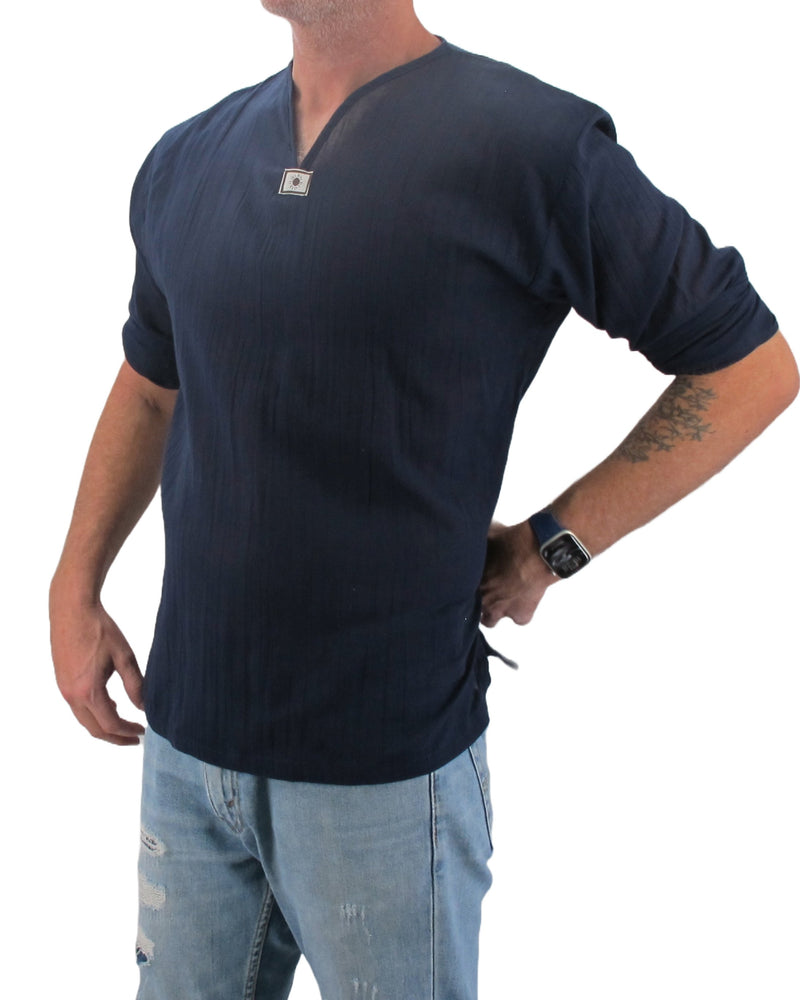
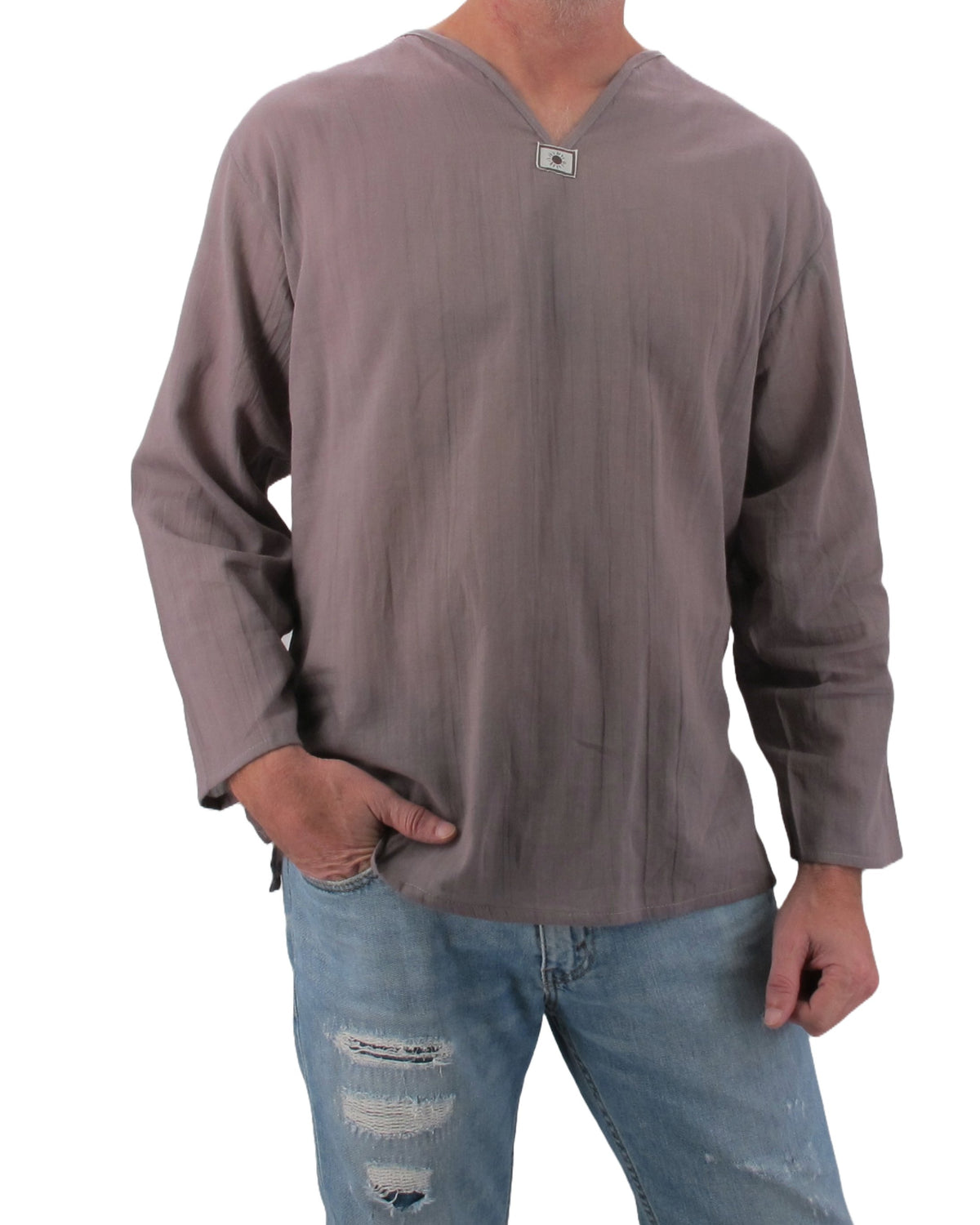
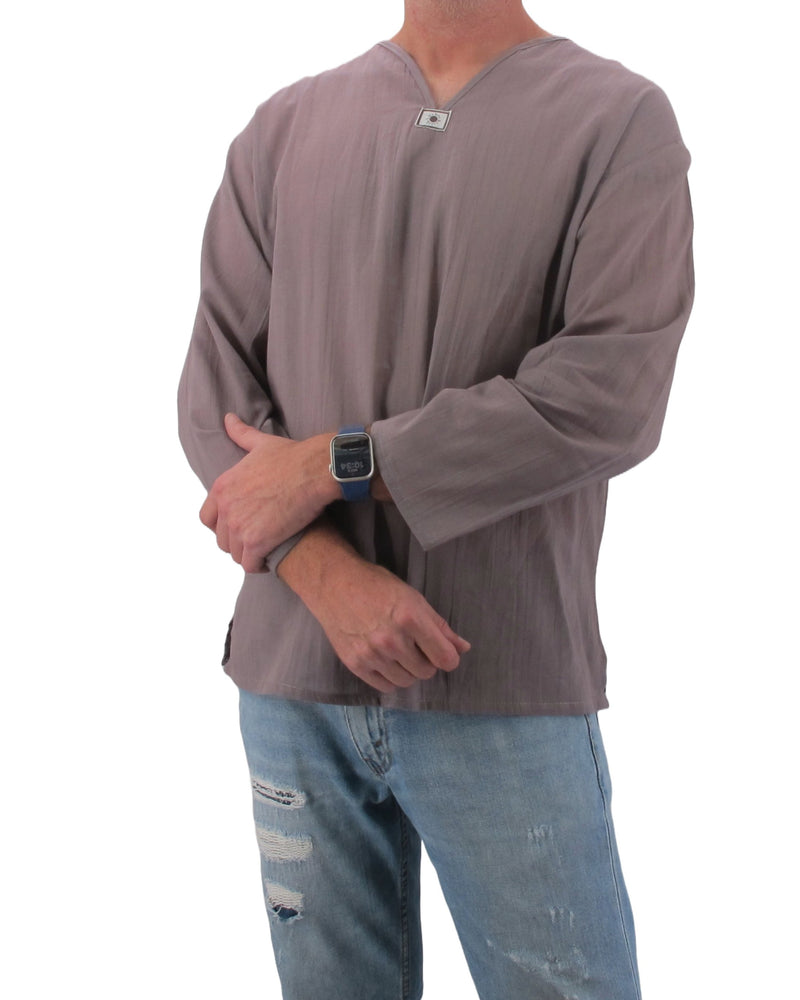
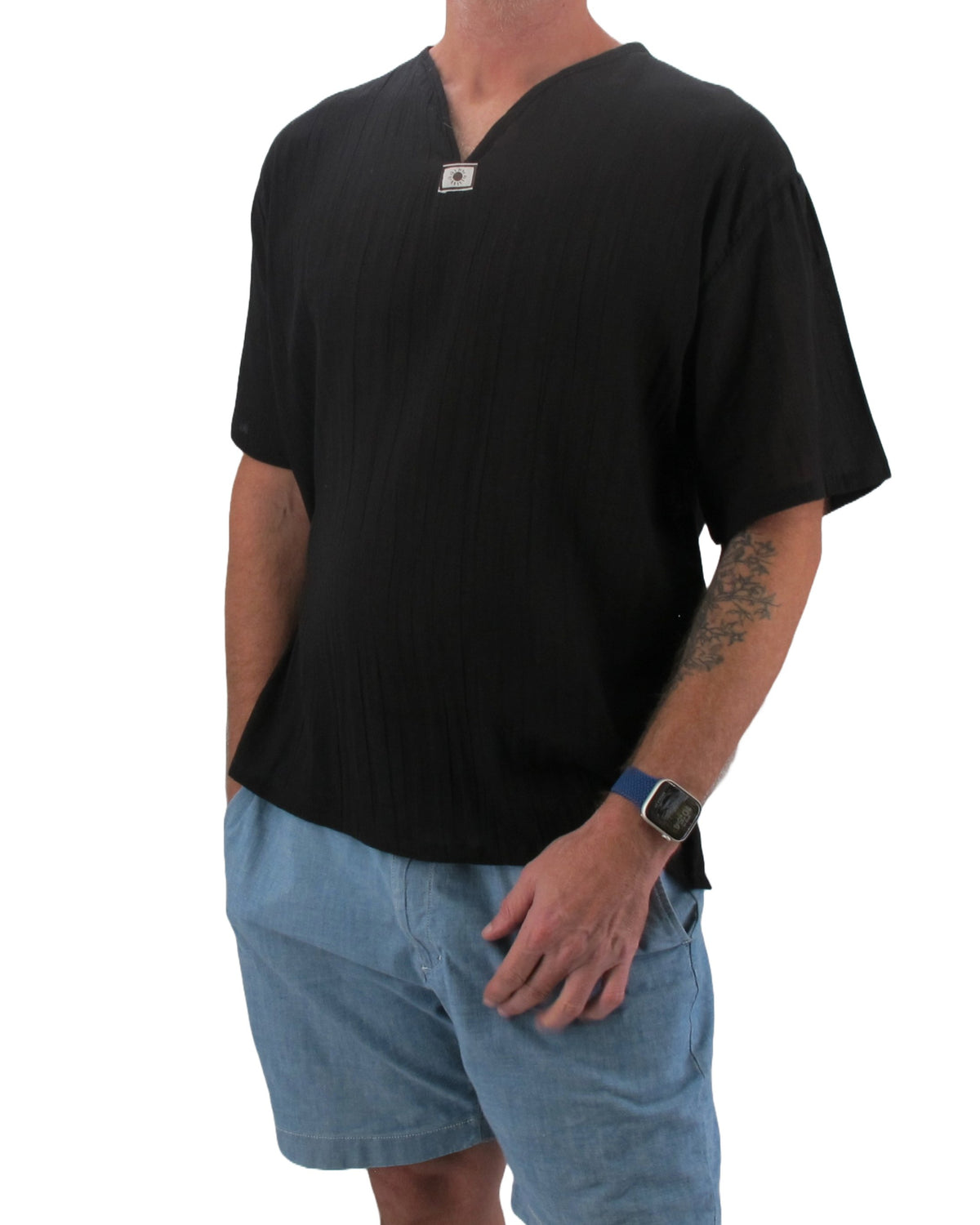
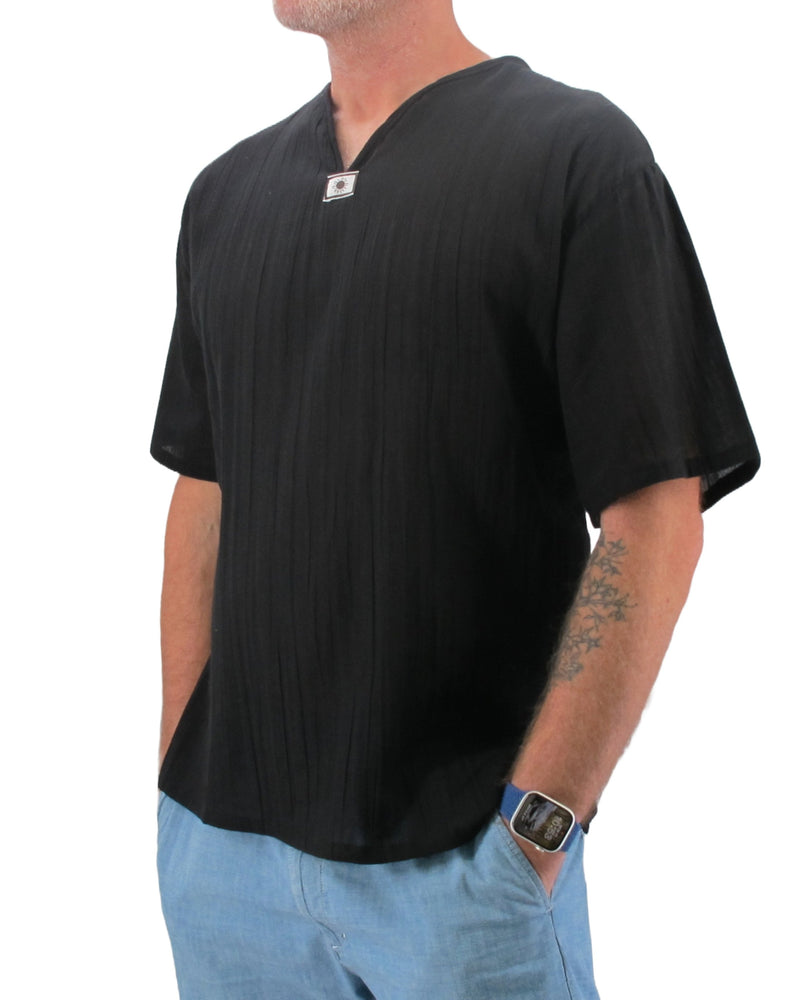
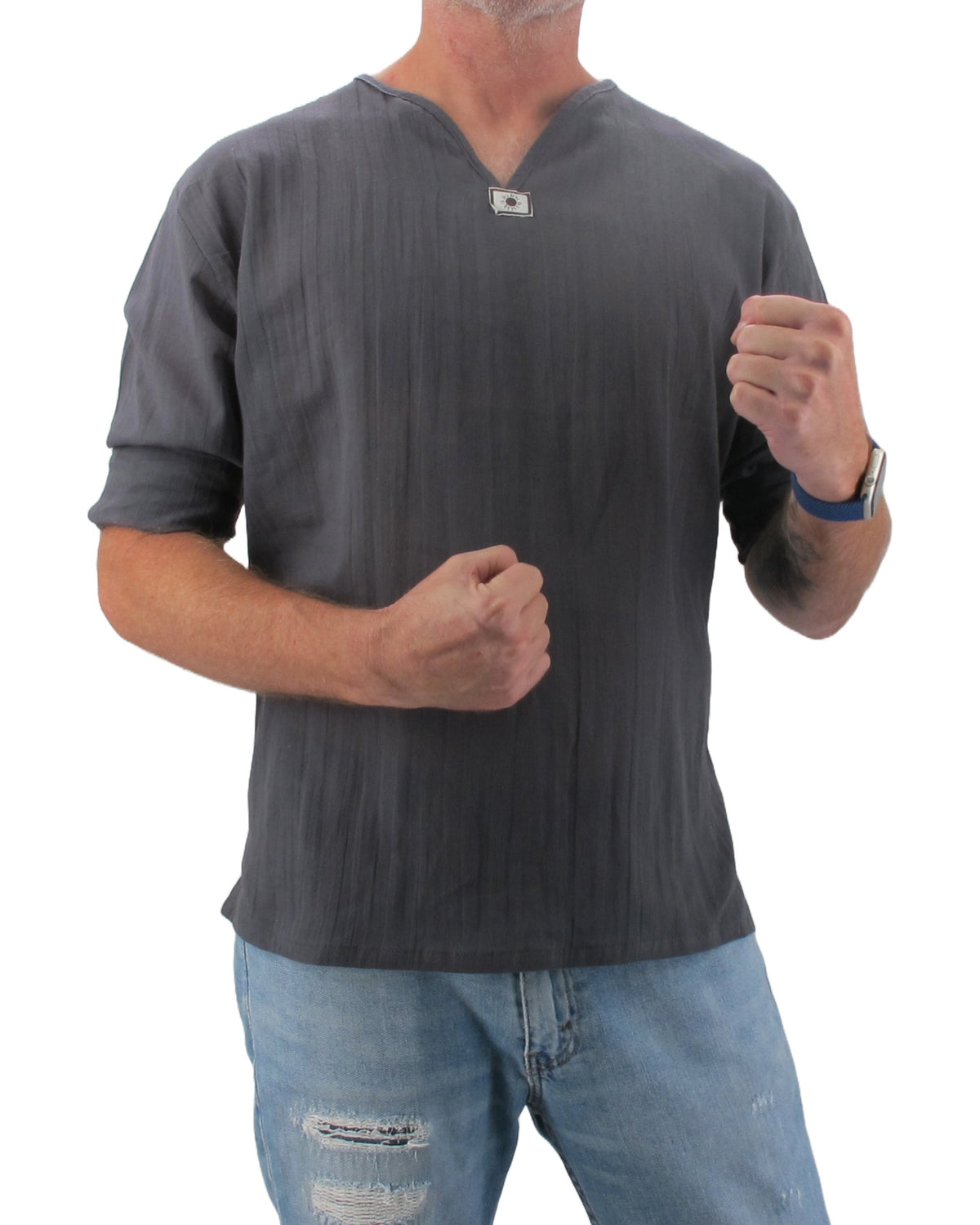
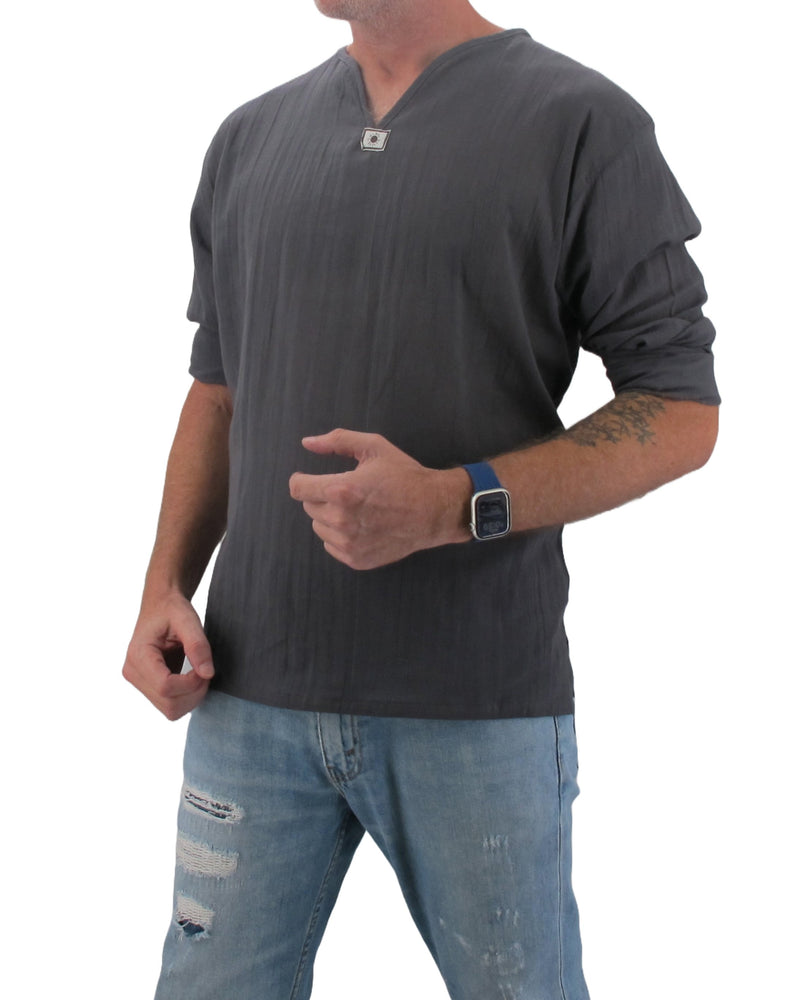
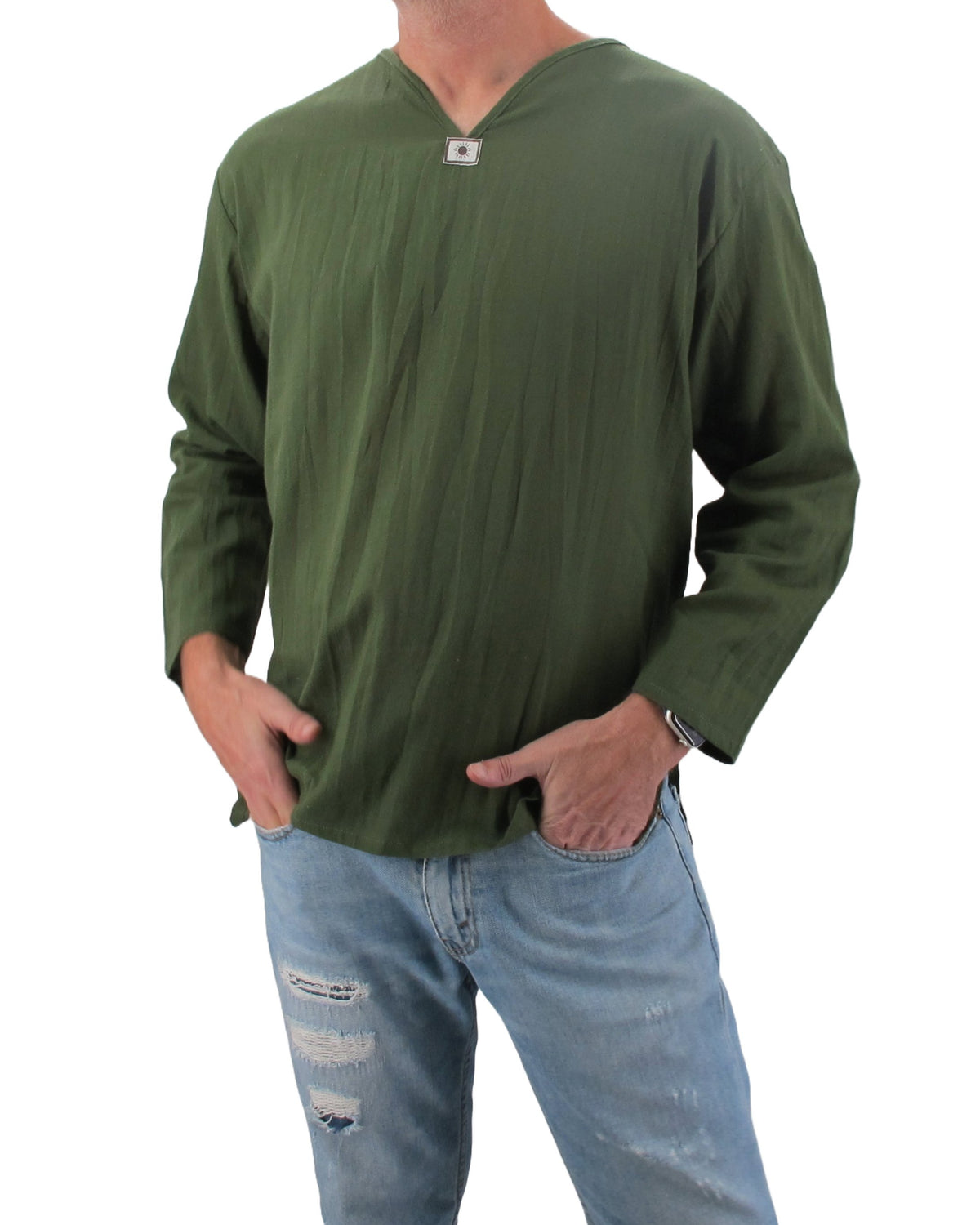
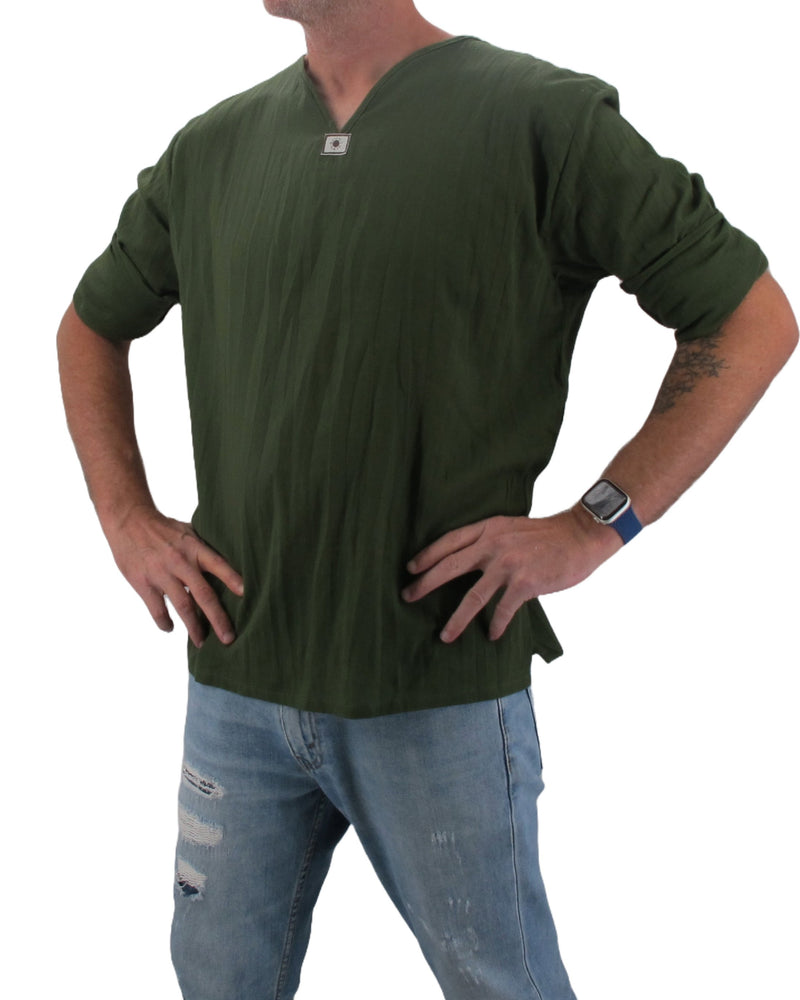
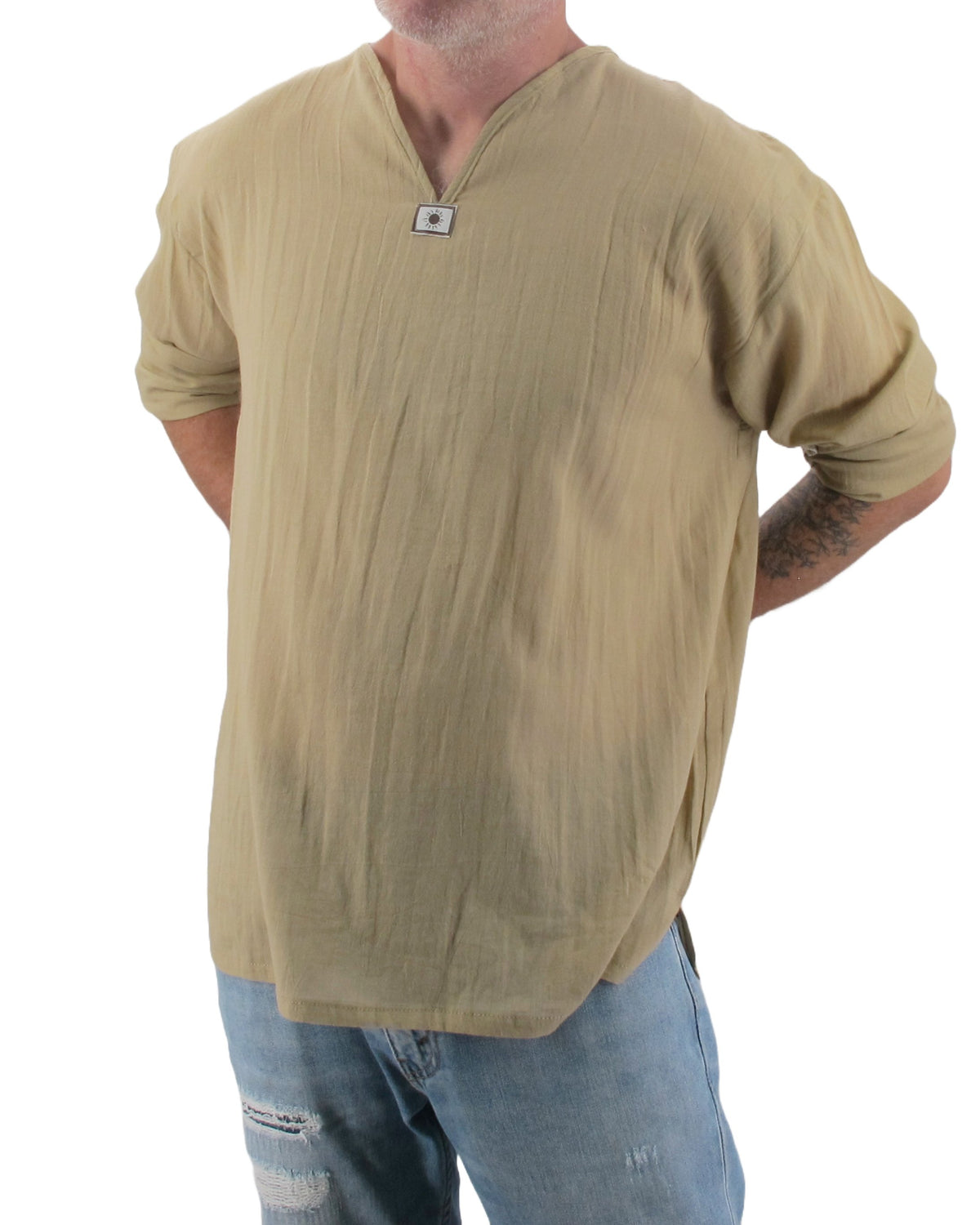
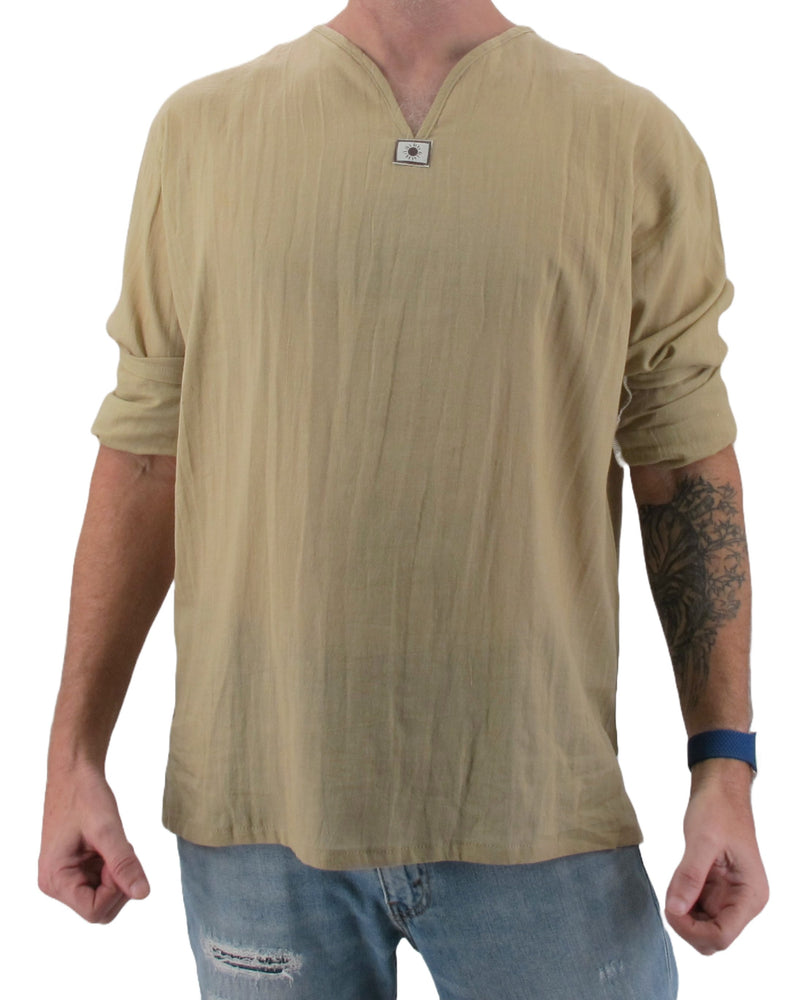

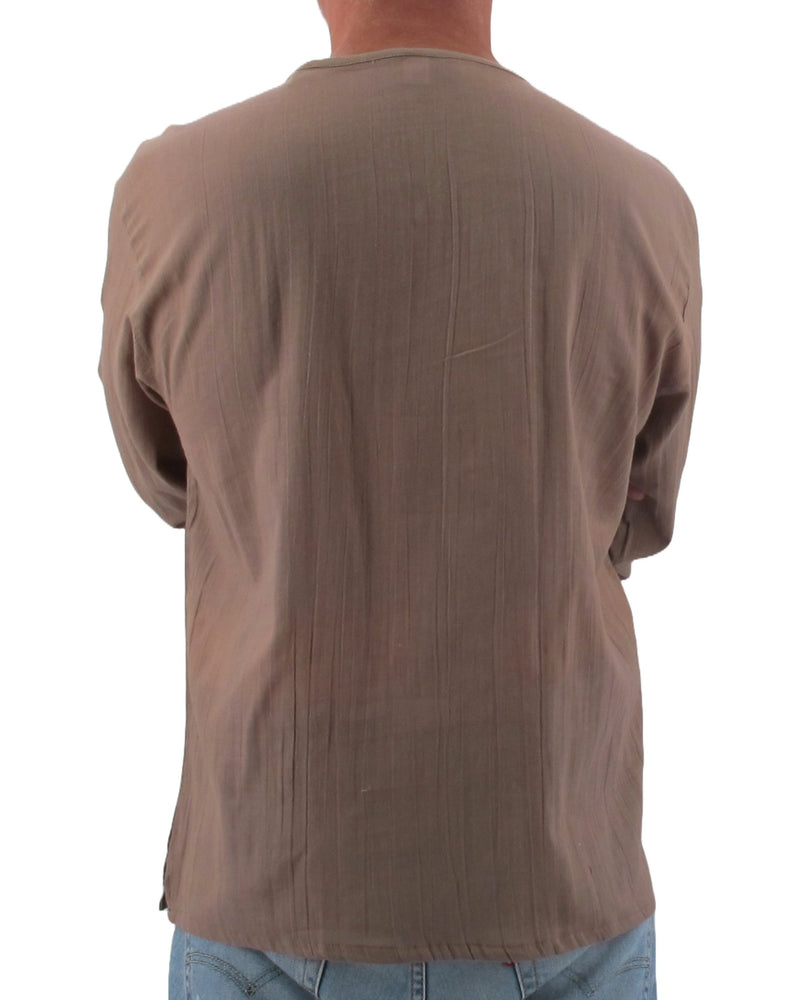

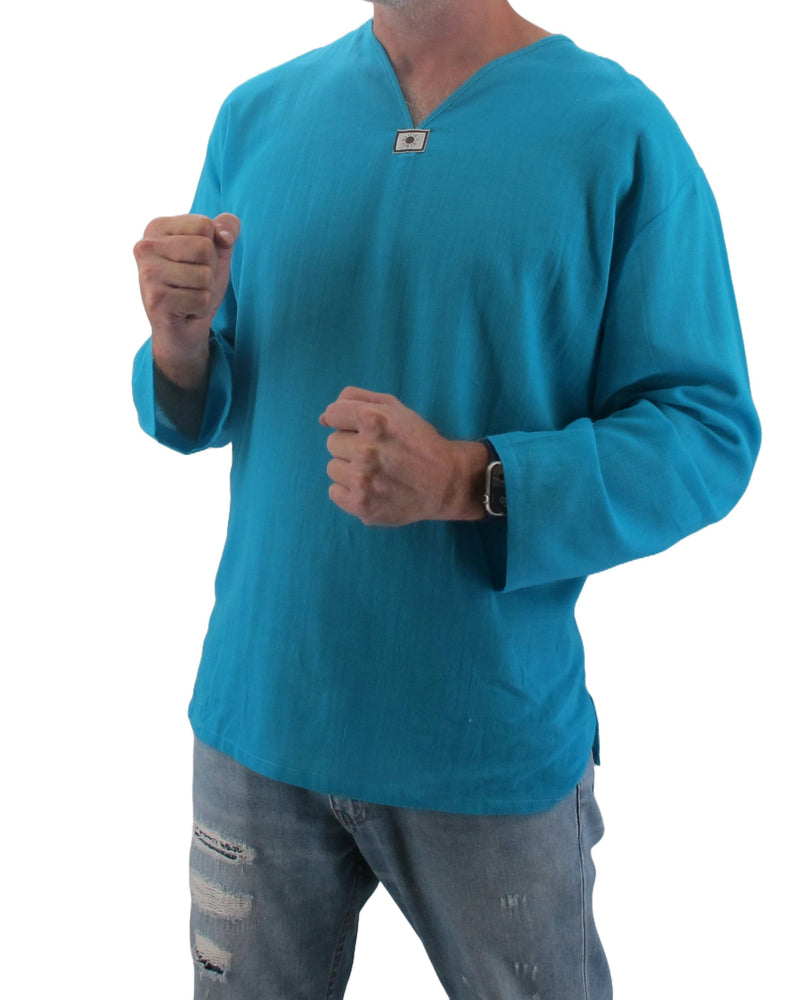
0 comments